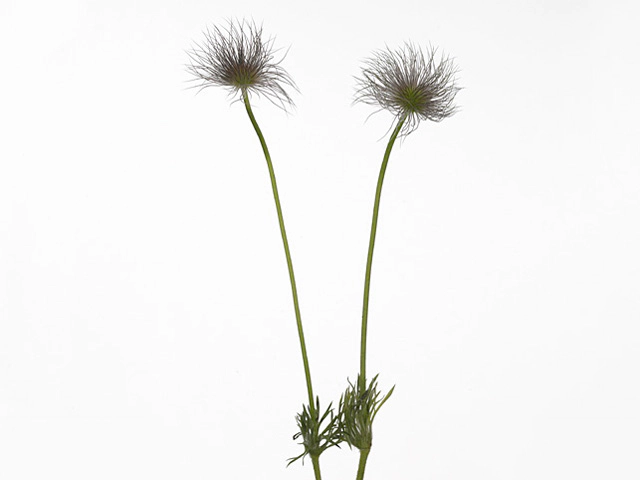Pulsatilla vulgaris

| Winter hardness | Good (USDA-zone 5, 6) |
| soil pH requirement | Alkaline (pH > 7,5) |
| Light conditions | Sunny |
| Toxicity (if consumed) | Fairly |
| Moisture requirements | Well-drained |
| Soil type | Humus rich |
Pulsatilla vulgaris, commonly known as the wind flower, is a delightful and popular plant that can withstand harsh winter conditions. With a USDA hardiness zone of 5 to 6, this flower is a great addition to gardens in colder regions.
One important consideration when planting Pulsatilla vulgaris is the soil pH. This plant thrives in alkaline soil with a pH above 7.5. It is essential to ensure that the soil is adequately prepared and maintained within the right pH range for optimal growth.
When it comes to light conditions, the wind flower prefers sunny areas. It will flourish and produce vibrant blooms when exposed to direct sunlight for at least six hours a day. Therefore, it is crucial to find a suitable location in the garden with ample sunshine.
A factor to keep in mind is the toxicity of Pulsatilla vulgaris if consumed. Fairly toxic when ingested, it is important to take precautions, especially if there are children or pets around. It is advisable to keep this plant in an area where it is not easily accessible or to educate family members about the potential danger.
Moisture requirements for the wind flower include well-drained soil. It is vital to ensure proper drainage to prevent waterlogging, which can lead to root rot and other issues. Amending the soil with organic matter, such as compost or well-rotted manure, can help improve drainage while also enriching the soil with nutrients.
As for soil type, Pulsatilla vulgaris prefers humus-rich soil. Humus is organic matter that decomposes and adds nutrients to the soil, creating fertile conditions for plants to thrive. Adding compost or leaf mold can help enhance the humus content of the soil.
In conclusion, Pulsatilla vulgaris, the wind flower, is a captivating plant that can withstand cold winters in USDA zones 5 to 6. It thrives in alkaline soil with a pH above 7.5 and requires sunny locations to produce vibrant blooms. While it is fairly toxic if consumed, it can be safely grown by taking necessary precautions. Well-drained soil, preferably humus-rich, is essential for the successful growth and development of this beautiful plant.
Market availability index by month:
| Jan. | Feb. | Mar. | Apr. | May | Jun. | Jul. | Aug. | Sep. | Oct. | Nov. | Dec. |
|---|---|---|---|---|---|---|---|---|---|---|---|
| - | - | - | 1 | 4 | 2 | 1 | - | - | - | - | - |